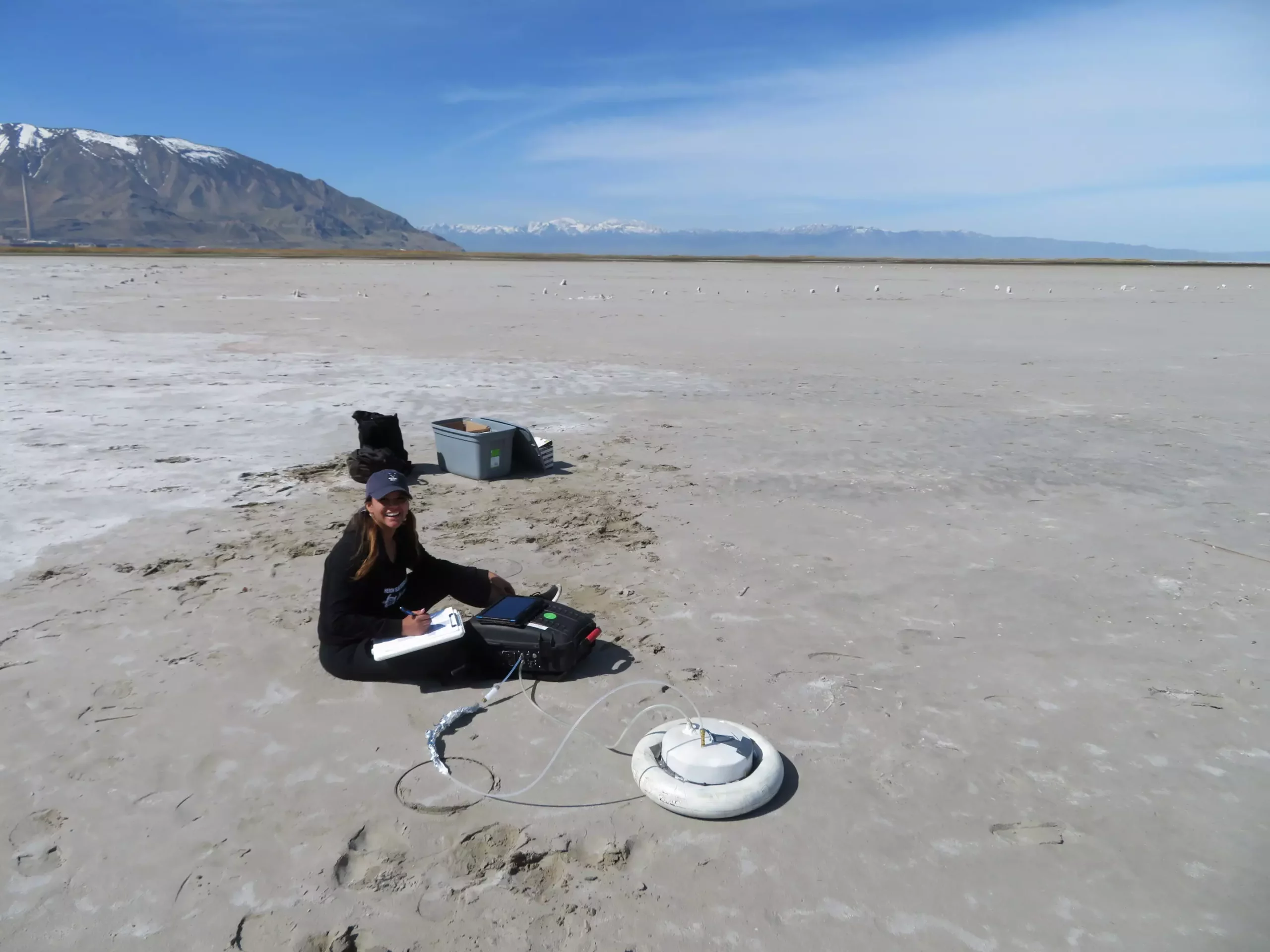Recent research from the Royal Ontario Museum (ROM) shines a critical light on a facet of climate change that we often overlook: the greenhouse gas emissions resulting from the drying bed of the Great Salt Lake in Utah. The alarming statistic of 4.1 million tons of greenhouse gases released in 2020 alone captures the severity of the situation. Traditionally, discussions about greenhouse gases focus on industrial emissions and transportation. However, this research unveils an urgent need to broaden our perspective and recognize desiccating lake beds as significant contributors to atmospheric pollution.
Soren Brothers, the lead researcher and curator of climate change at ROM, emphasizes the need for greater awareness about lake desiccation’s role in exacerbating global warming. As humanity continues to impact natural water systems through agricultural and industrial consumption, we must grapple with the repercussions of our decisions. The lesson here is clear: our changing climate coexists with anthropogenic practices, and the results are becoming increasingly alarming.
The Weeping Waters of the Great Salt Lake
The Great Salt Lake serves as one of North America’s most profound ecological landscapes, boasting a complex ecosystem that depends on its fluctuating water levels. Historically high water levels in the 1980s have now plummeted to record lows in 2022. This fluctuation has been influenced not only by natural variables such as snowmelt runoff but also by human factors. The relentless consumption of freshwater for agricultural and municipal needs has profoundly drained the lake, leading to environmental changes that threaten both biodiversity and climate stability.
As the lake dries up, it not only strips away critical habitats but also exposes a significant source of greenhouse gases lurking in the sediments. As the emotive and geographic characteristics of the lake alter, so does its contribution to climate change, a reality that very few acknowledge. It’s imperative for discourse around climate action to encompass all contributors, especially those stemming from ecological mismanagement.
Quantifying the Emissions: A Groundbreaking Study
The meticulous research led by Brothers and his team utilized robust methodologies to measure greenhouse gas emissions directly from the exposed lake bed. Fieldwork in 2020 involved recording carbon dioxide and methane emissions from various locations around the lake. The methodological rigor and precision of their approach are commendable; they conducted measurements biweekly and assessed spatial variability to arrive at their findings.
What’s striking is the revelation that the lake bed’s emissions primarily consist of carbon dioxide, making up approximately 94% of the total released gases. The resultant increase of nearly 7% to Utah’s overall anthropogenic greenhouse gas emissions is an eye-opener. This novel understanding that desiccation is not only an environmental concern but an atmospheric peril provides an added layer of urgency for policy-makers and environmentalists alike.
Methane’s Unseen Danger
One particularly alarming aspect of this study is the highlighted role of methane, a greenhouse gas that is significantly more potent than carbon dioxide. Methane’s global warming potential, being 28 times more powerful, reinforces the critical need for integrated approaches to environmental assessment. While carbon dioxide emissions dominate the conversation, understanding and mitigating methane outputs from drying ecosystems could prove vital for climate strategies moving forward.
The researchers’ use of “carbon dioxide equivalents” to gauge the total impact of emissions means that the implications of their findings extend well beyond a simple statistical increase. This concept should spark a reevaluation of how we prioritize and fund climate resilience projects, especially in vulnerable areas where lakes and rivers have historically contributed to ecosystem stability.
A Call to Action: Reimagining Water Management
The findings from the Great Salt Lake not only highlight the immediacy of climate action but also demand a fundamental shift in water management practices. The interconnectedness of freshwater consumption, atmospheric pollution, and ecological health must propel us toward sustainable strategies that consider water’s multifaceted role in climate systems.
As another symptom of climate change becomes painfully evident, it raises a pivotal question: How long can we afford to ignore emerging sources of greenhouse gases? Our quest for solutions should engage a broad coalition of stakeholders, including biologists, hydrologists, climate scientists, and policy experts, to forge innovative approaches to water management that prevent further degradation of our precious ecosystems.
The desiccating landscapes around the world indeed represent not just an environmental tragedy, but also an awakening to a complex dilemma that calls for a reevaluation of global strategies for climate mitigation. As we continue down this path, the lessons from the Great Salt Lake serve as a clarion call: the health of our lakes significantly influences the health of our planet.


Leave a Reply